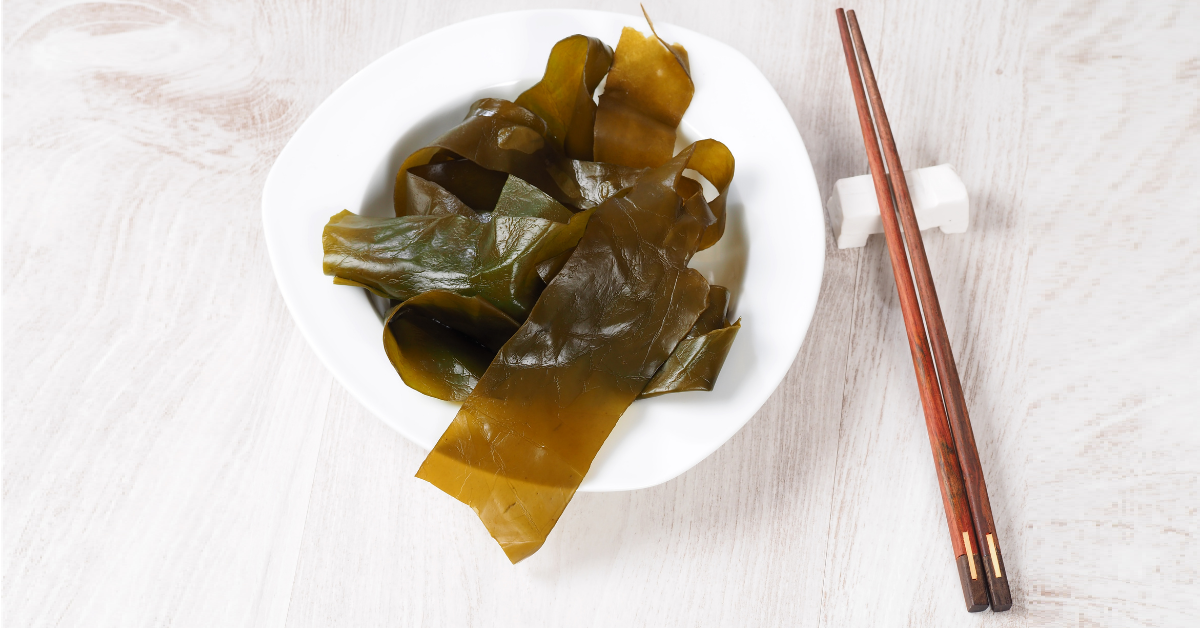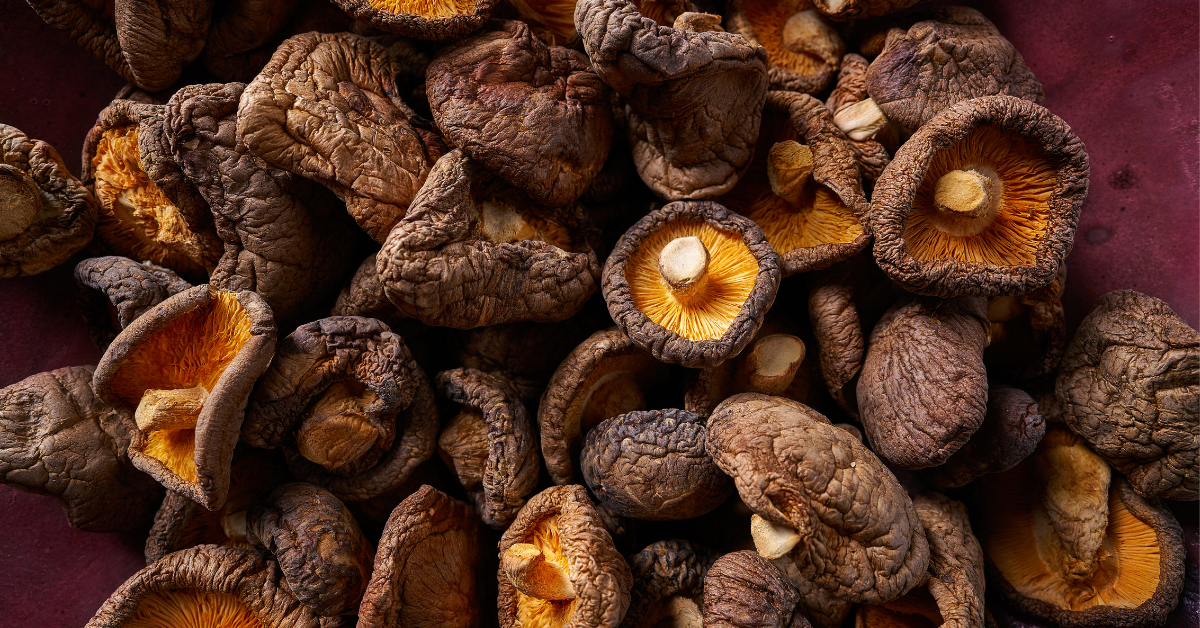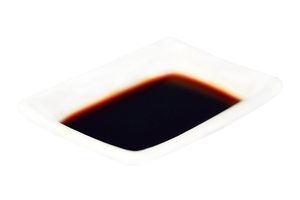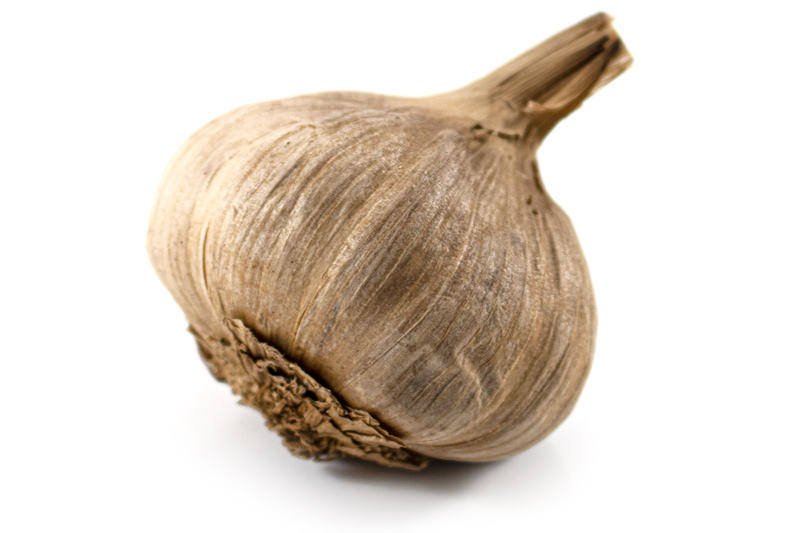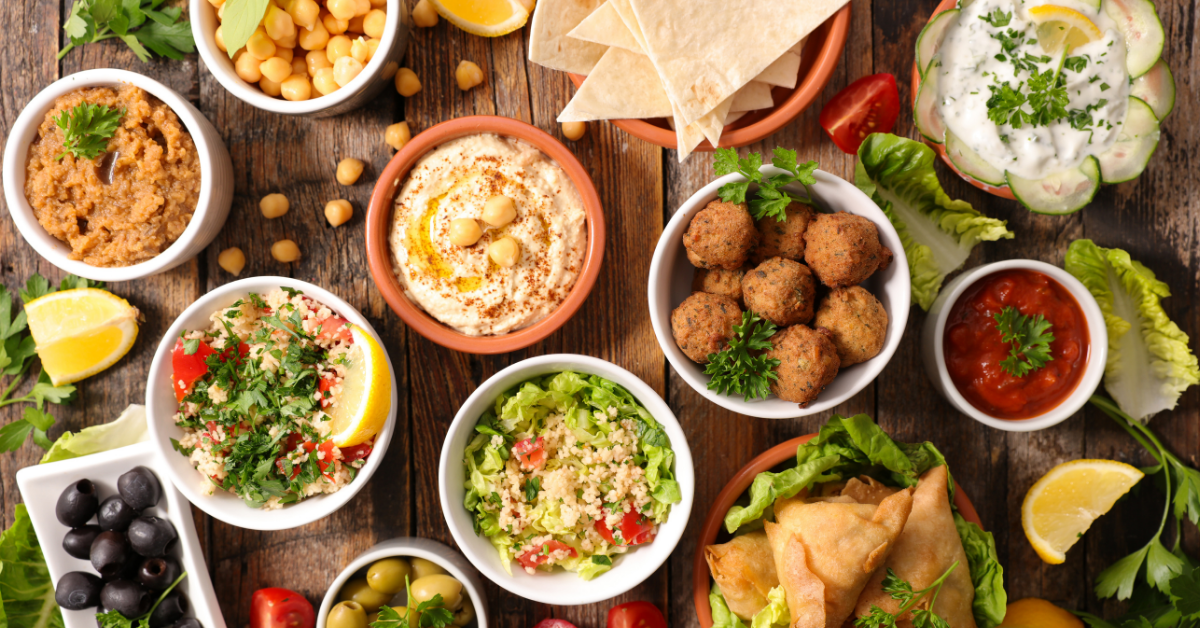What is Umami, and where can I find it?
Umami is one of the five basic tastes (as well as sweet, salty, sour and bitter). It’s characterised by a pronounced ‘savoury’ taste and is found in many different foods. Humans have receptors in the taste buds lining their tongue which respond specifically to umami tastes – these were identified in 2002, but way back in 1908 a Japanese scientist called Dr. Kikunae Ikeda, a professor of physical chemistry at the University of Tokyo, had identified umami as distinct from the other basic tastes, conducting a series of experiments to isolate the building blocks of this intense savouriness.
After extracting glutamic acid from various foods, Ikeda identified glutamate as being the source of umami; we’ve all heard of monosodium glutamate – this has acquired a bad reputation, but the upshot of several years of research has suggested it’s largely harmless and can actually be of benefit, as it reduces the need for salt – and while it can enhance appetite, it also increases satiety. However, there are plenty of more natural sources of umami, so let’s take a look at some of these….
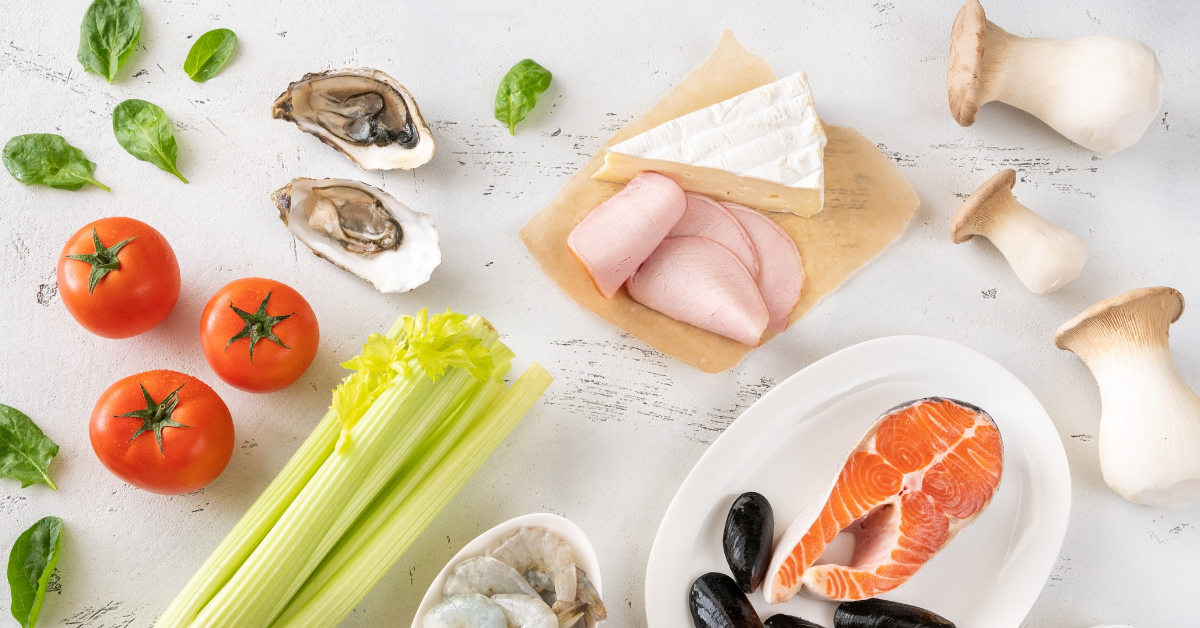
It was while enjoying a bowl of soup made with Japanese kombu seaweed that Dr. Ikeda had his ‘eureka’ moment and designated umami as one of the ‘basic tastes’. Seaweed is rich in Omega-3 fatty acids, which are excellent for heart health. Adding seaweed to stews, soups, stocks and rice can really boost their savoury flavour without the need for salt. Many of us are familiar with seaweed from eating sushi, but it’s also become increasingly popular as an essential ingredient in vegan fish ‘n chips made with banana blossom.
The deep savoury flavour which mushrooms can impart to a dish have made them very popular with people who want to avoid meat. In terms of texture, mushrooms can provide a mouth feel similar to meat, especially shiitake mushrooms, which are also available as a powder which gives a fantastic, rich flavour to dishes and can be used just like stock. Shiitakes are rich in nutrients and have an array of beneficial B-vitamins as well as being an excellent source of Vitamin D. They contain active polysaccharides, including beta-glucan, a type of soluble fibre which is superb for the health of your immune system. Why not try this wonderful creamy mushroom pasta recipe?
Dairy cheese has been used for thousands of years to make dishes alluringly savoury. From pizza to Welsh rarebit, nothing hits the umami taste receptors quite like cheese. If you’re avoiding animal products, vegan cheese has come on in leaps and bounds in recent years, and you can also use nutritional yeast flakes to confer a rich, lip-smacking cheesiness on various dishes. Or you can harness the savoury tones locked within nuts: you can now make delicious cheesy creations in your own kitchen using almonds or cashews – there’s even a delectable ‘vegan parmesan’ you can create using Brazil nuts!
Soy sauce was invented by the Chinese and uses Aspergillus fungus to trigger the fermentation of soybean paste. For Japanese-style shoyu soy sauce, roasted grain is also used in the recipe and it can be made light or dark. This rich, salty sauce has several levels of complex flavours and is excellent in noodle dishes and soups, as well as dipping sauces and as a coating for nuts before roasting. For everyone avoiding soy, there’s also an array of coconut aminos available, which are nearly indistinguishable from soy sauce taste-wise but usually contain less sodium.
The amino acids found in animal products mean they can be responsible for a very savoury taste profile. However, many studies have shown that meat consumption is responsible for an increased risk of cancer, heart disease, diabetes and cognitive decline, especially red meat and especially when fried (sorry if you love bacon). We also know its impact on planet Earth is utterly catastrophic. Luckily plenty of lip-smacking alternatives are now available which are healthier and far less environmentally damaging. Absolutely epic meat-free roast dinners are now possible, which can even be sliced for sandwiches the next day (if there’s any left!).
Garlic is one of world cuisine’s finest savoury flavours. It can be used raw to provide a kick in sauces, dips and vinaigrettes, fried with all manner of dishes for an extra level of zing, or roasted for a luscious, sweet, sticky savoury hit. It’s even available as black garlic, which has been fermented to create an unctuous umami taste explosion. Garlic is superb for heart health and may offer protection against cancer. It may even offer improved brain resilience, leading to an increase in cognitive health.
Making stock at home using meat, fish, vegetables, mushrooms, herbs, spices and other ingredients is an excellent way of extracting umami flavours from food into a liquid for later use in soups, stews, gravy, rice and so on. In the early 1900s, stock cubes and powder became commercially available – these provide a quick, convenient way of adding savoury flavour.

